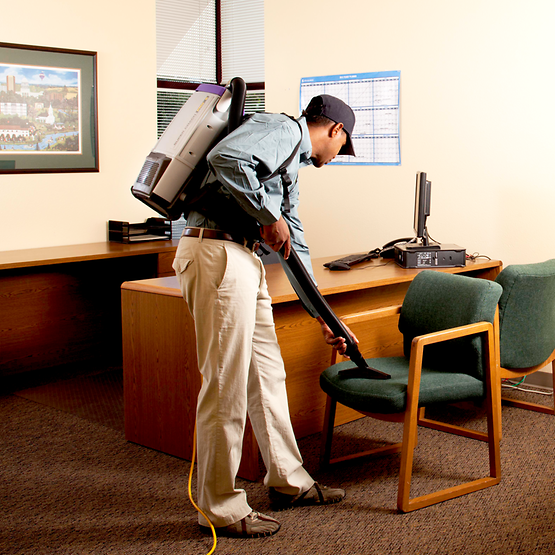In today’s competitive market, businesses are constantly seeking ways to gain an edge—be it through customer service, brand identity, or internal efficiency. While many strategies focus on high-level operations, one of the most underestimated factors influencing workplace performance and image is the cleanliness of your physical environment. Specifically, regular commercial furniture cleaning has emerged as a key contributor to long-term business success.
It might not grab headlines, but maintaining clean, hygienic furniture can have wide-reaching benefits—ranging from improved employee health to enhanced client perception. For companies aiming to create a professional, welcoming, and productive environment, making commercial furniture cleaning part of their ongoing maintenance plan is not just a cosmetic choice—it’s a smart business decision.
First Impressions Matter
Every interaction with a client or partner begins with an impression—and in most cases, that impression is shaped by your physical space. Office lobbies, waiting areas, conference rooms, and workstations all serve as reflections of your brand values. Worn, stained, or dusty furniture can unintentionally suggest neglect or a lack of attention to detail.
By investing in routine commercial furniture cleaning, businesses can ensure their spaces are always presentable and inviting. Clean upholstery and polished seating areas signal professionalism, instill trust, and convey a level of care that resonates with both employees and visitors alike.
Whether you’re hosting prospective clients, conducting interviews, or engaging stakeholders, clean furniture sets a tone of competence and credibility before a single word is spoken.
Health, Hygiene, and Employee Wellbeing
Modern workplaces are more attuned than ever to employee wellness—and for good reason. Beyond the ethical imperative of providing a safe environment, a healthy workforce is a productive one. Unfortunately, soft furnishings and office seating can be breeding grounds for bacteria, allergens, and dust mites, especially in high-traffic areas.
Over time, contaminants build up in fabric, padding, and even leather surfaces. Without proper care, this can contribute to respiratory issues, allergic reactions, and the spread of germs—particularly in open-plan offices or shared workspaces.
Regular commercial furniture cleaning helps mitigate these risks by eliminating hidden irritants and maintaining a healthier indoor environment. As a result, businesses may experience fewer sick days, higher employee morale, and even enhanced focus and productivity.
Cost-Effective Asset Management
Office furniture is a significant investment, especially for businesses that prioritize quality, ergonomics, and design. Unfortunately, without proper upkeep, even the most expensive furniture can deteriorate quickly. Spills, stains, oils, and everyday grime can wear down upholstery fibers and degrade padding, shortening the furniture’s lifespan.
Replacing worn or damaged furniture may become necessary sooner than expected if maintenance is ignored. In contrast, regular commercial furniture cleaning acts as a preventative measure that protects your investment. Professional cleaning services use specialized techniques and products that not only restore the furniture’s appearance but also preserve its integrity over time.
In essence, a consistent cleaning schedule can delay the need for costly replacements and reduce long-term capital expenses—making it a smart financial move for any company watching its bottom line.
Enhanced Workplace Culture and Productivity
Clean, well-maintained surroundings are not just aesthetically pleasing—they also influence how employees feel about their workplace. Just as clutter and grime can lead to stress and disengagement, a tidy and comfortable office promotes positivity and pride among staff.
When employees see that their workspace is cared for, it sends a powerful message: their comfort and wellbeing matter. This perception contributes to a more engaged and motivated workforce, which in turn boosts overall performance and satisfaction.
Moreover, companies that provide a clean and pleasant work environment may find it easier to attract and retain top talent. In competitive hiring markets, every detail counts—and your office atmosphere can be a deciding factor for potential hires.
Sustainability and Responsibility
In the age of corporate responsibility, sustainability is more than a buzzword—it’s a priority for many businesses. One overlooked aspect of sustainable operations is furniture maintenance. Instead of replacing worn items, regular cleaning extends their life, reducing waste and minimizing the environmental impact of production and disposal.
Professional commercial furniture cleaning services often use eco-friendly products and techniques, aligning with green policies and corporate sustainability goals. By incorporating cleaning into a larger environmental strategy, businesses demonstrate their commitment to responsible practices—a quality increasingly valued by clients, partners, and employees.
Conclusion: A Strategic Approach to Cleanliness
The benefits of regular commercial furniture cleaning go far beyond appearance. From safeguarding employee health to preserving valuable assets, it’s a strategic move that supports a variety of business goals. Clean furniture reflects a clean brand. It tells your customers, clients, and employees that you care—not just about how things look, but about how they feel and function.









